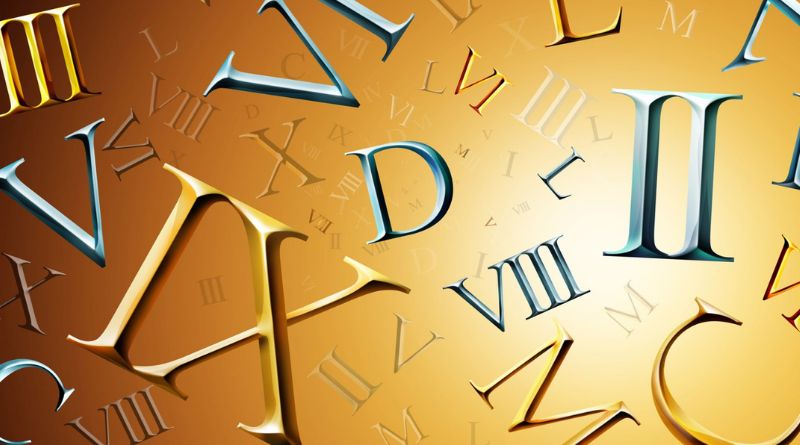Unraveling the Mysteries of XXV and XXVIII: A Deep Dive into Roman Numerals
Roman numerals have a timeless allure, evoking a sense of ancient wisdom and tradition. Among the vast array of symbols in this numerical system, XXV and XXVIII hold a special significance. In this article, we embark on a journey to explore the intricacies of these Roman numerals, delving into their history, meaning, and usage.
Understanding Roman Numerals:
Before we delve into XXV and XXVIII, it’s essential to grasp the basics of Roman numerals. Unlike the decimal system we commonly use today, Roman numerals are based on a combination of letters from the Latin alphabet. Each letter represents a specific numeric value, and by combining these letters, various numbers can be represented.
XXV: Decoding the Symbolism:
Let’s start our exploration with XXV. In Roman numerals, “X” represents ten, “V” represents five, and “I” represents one. Therefore, XXV translates to 10 (X) + 10 (X) + 5 (V), which equals twenty-five. This elegant representation showcases the additive nature of Roman numerals, where values are combined to form larger numbers.
XXVIII: Unveiling the Complexity:
Moving on to XXVIII, we encounter a slightly more intricate symbol. Following the same principles as before, “X” represents ten, “V” represents five, and “I” represents one. XXVIII translates to 10 (X) + 10 (X) + 5 (V) + 1 (I) + 1 (I) + 1 (I), which equals twenty-eight. Here, we witness the versatility of Roman numerals, allowing for the representation of larger numbers with a combination of symbols.
Historical Significance:
Beyond their numerical value, XXV and XXVIII hold historical significance, reflecting the influence of ancient Roman civilization. The use of Roman numerals traces back to the Roman Empire, where they were employed in various contexts, including numbering years, marking important events, and inscribing monumental structures. Today, Roman numerals continue to be utilized in diverse fields, from clock faces and book chapters to movie credits and sporting events, preserving a connection to our rich cultural heritage.
Practical Applications:
While Roman numerals may seem antiquated in our digitized world, they still find relevance in contemporary society. Architects and designers often incorporate Roman numerals into their work, adding a touch of classical elegance to architectural elements, such as columns and facades. Similarly, Roman numerals are prevalent in educational settings, where they serve as a tool for teaching history, mathematics, and language arts.
Conclusion:
In conclusion, the exploration of XXV and XXVIII provides a fascinating glimpse into the enduring legacy of Roman numerals. Beyond their numerical value, these symbols carry a wealth of historical and cultural significance, serving as a testament to the ingenuity and creativity of ancient civilizations. As we continue to navigate the complexities of modern life, let us not forget the timeless wisdom encoded within these timeless symbols.

Post Comment